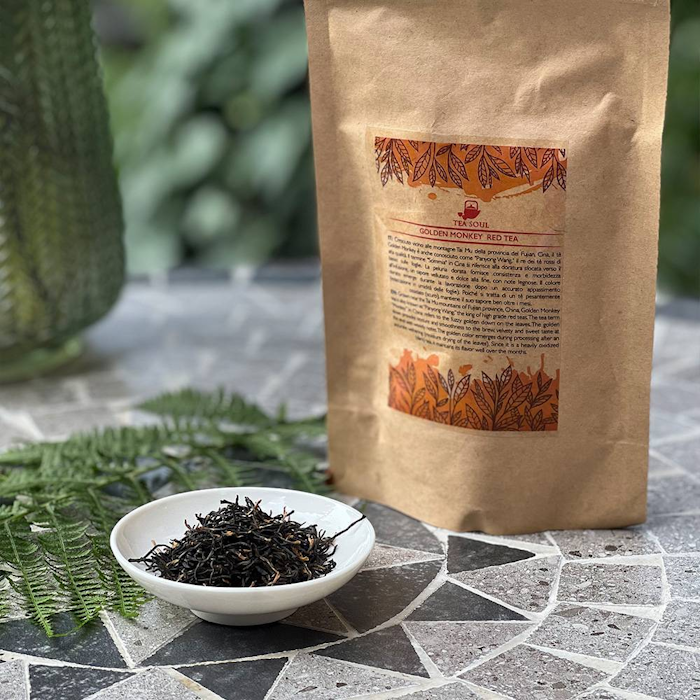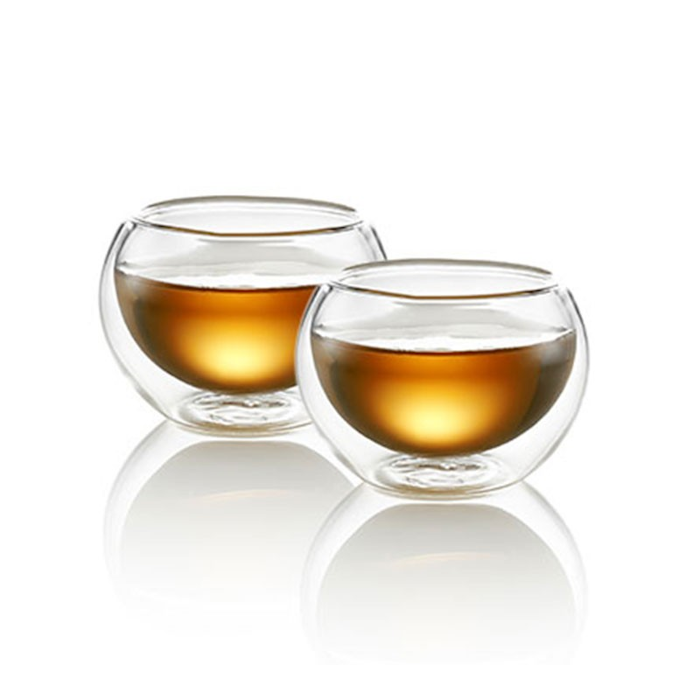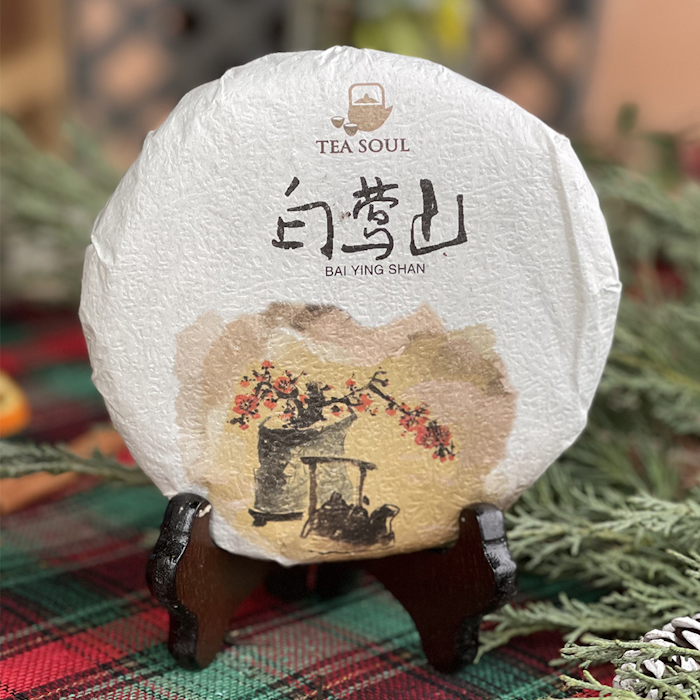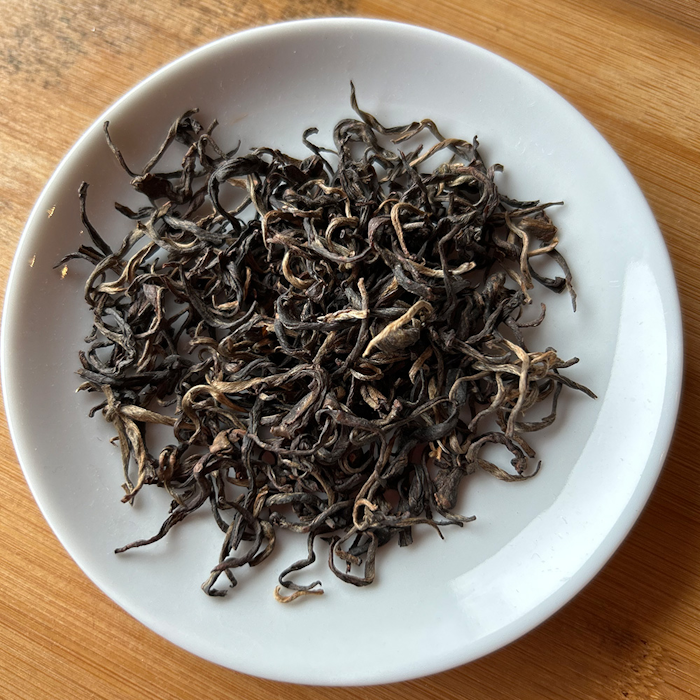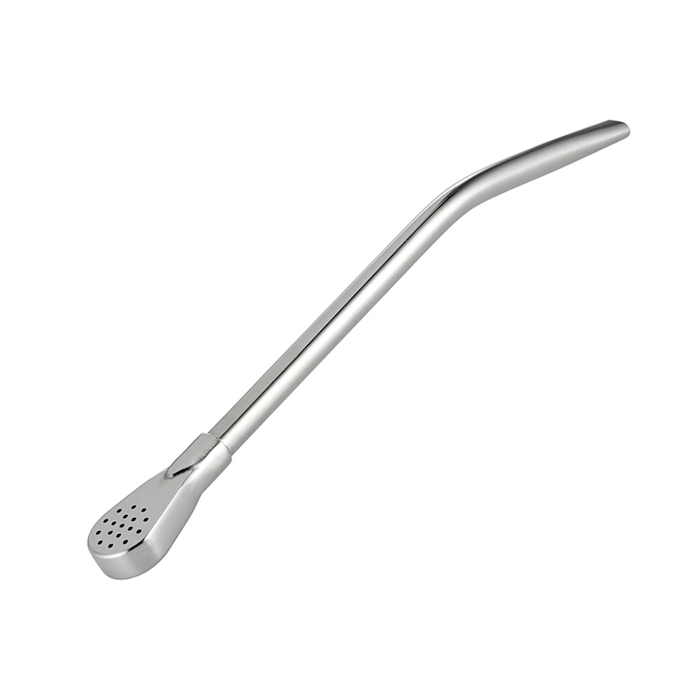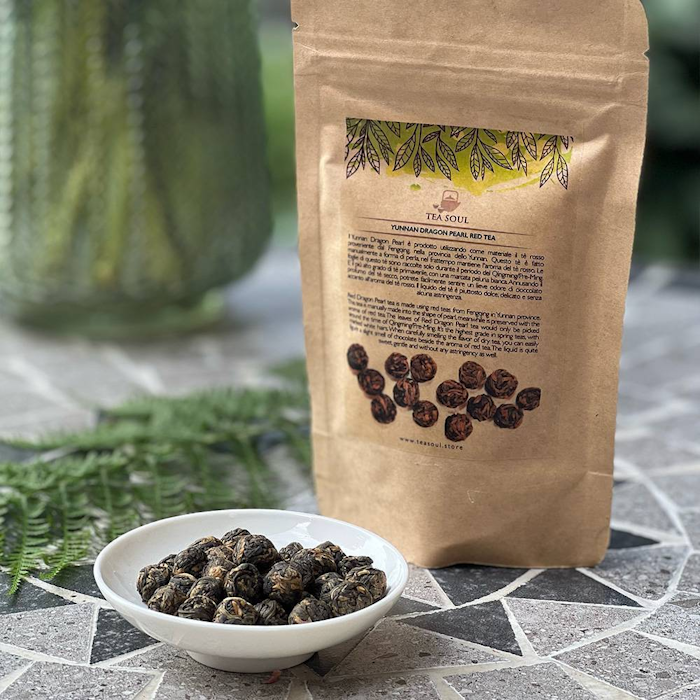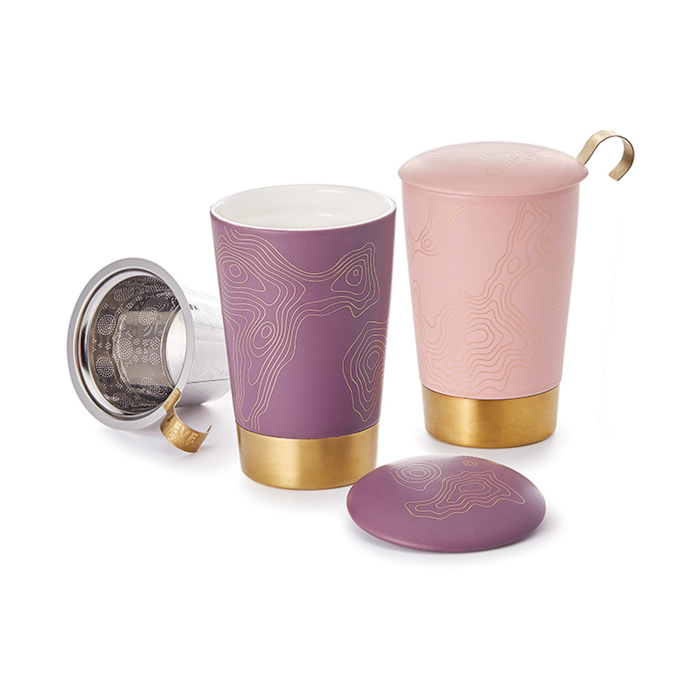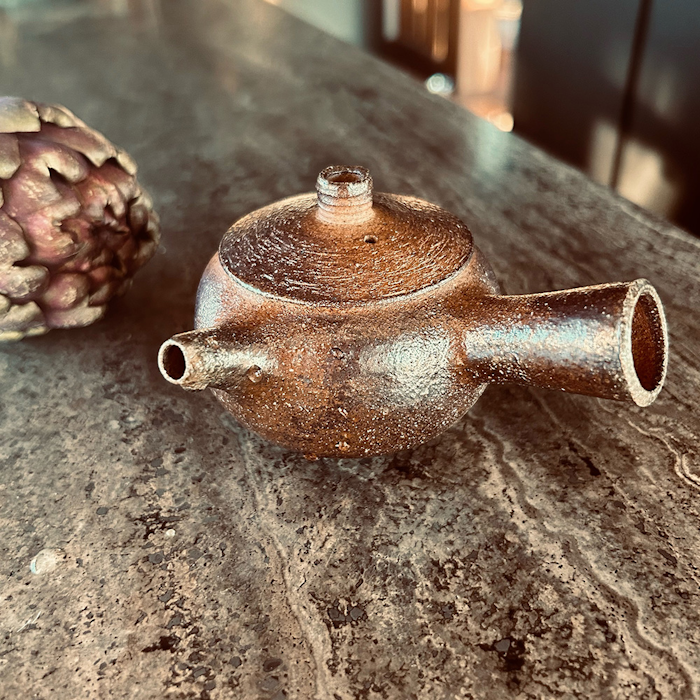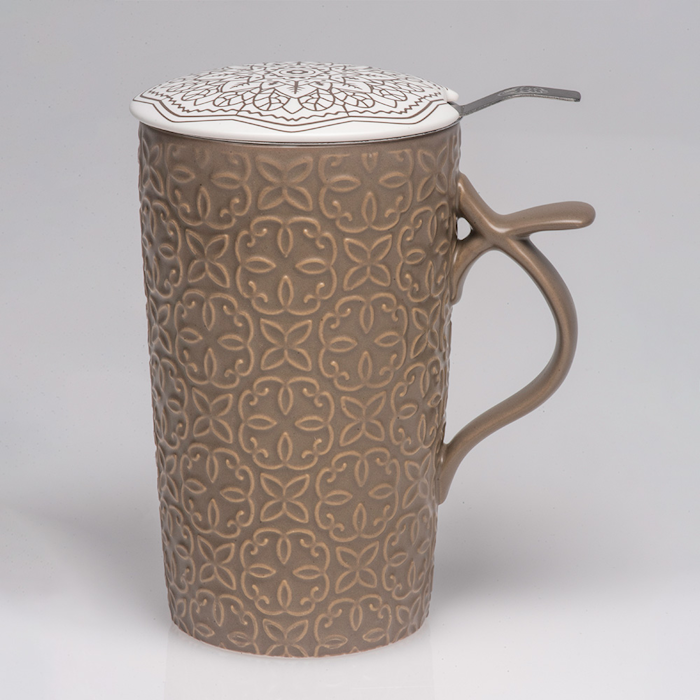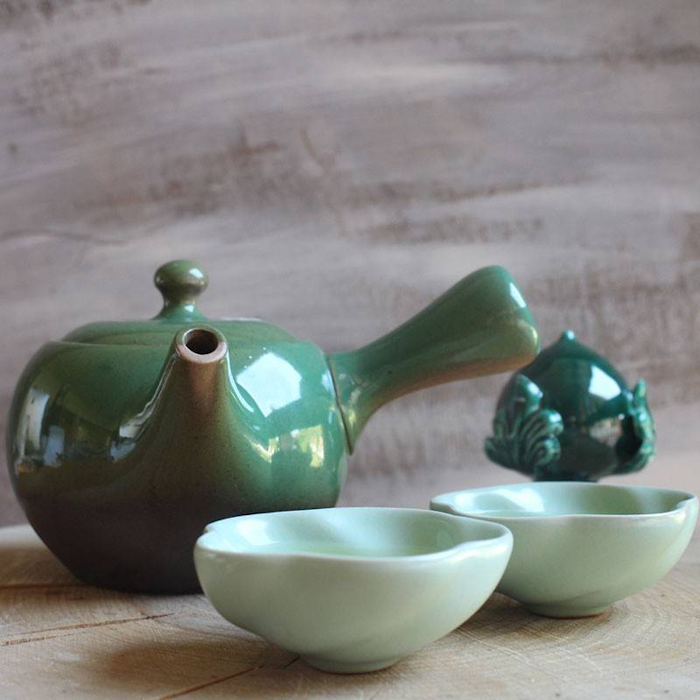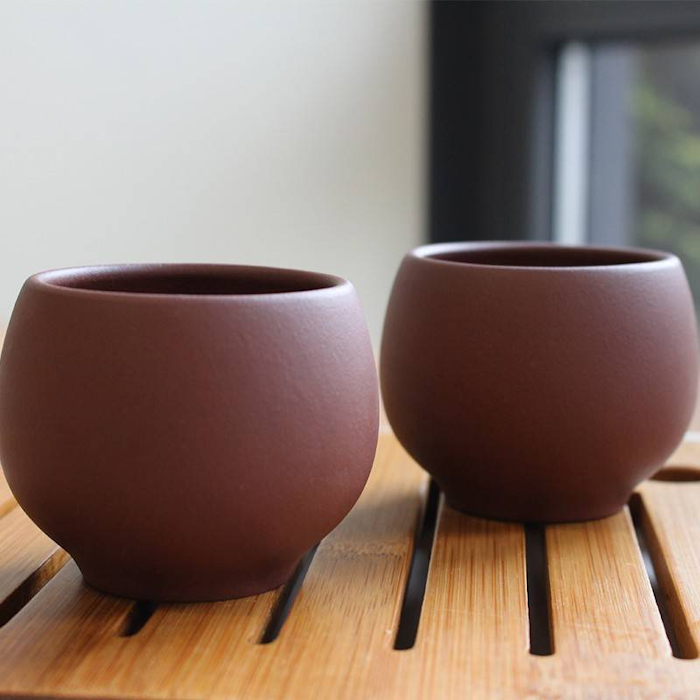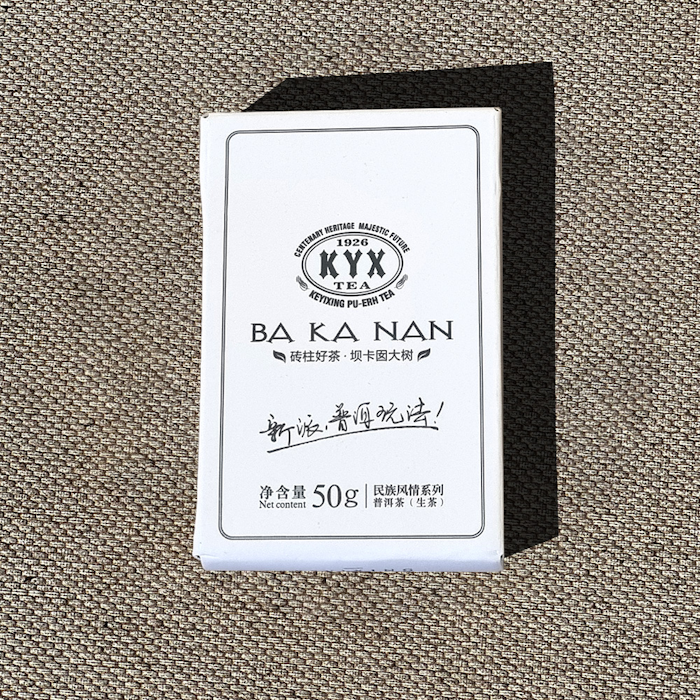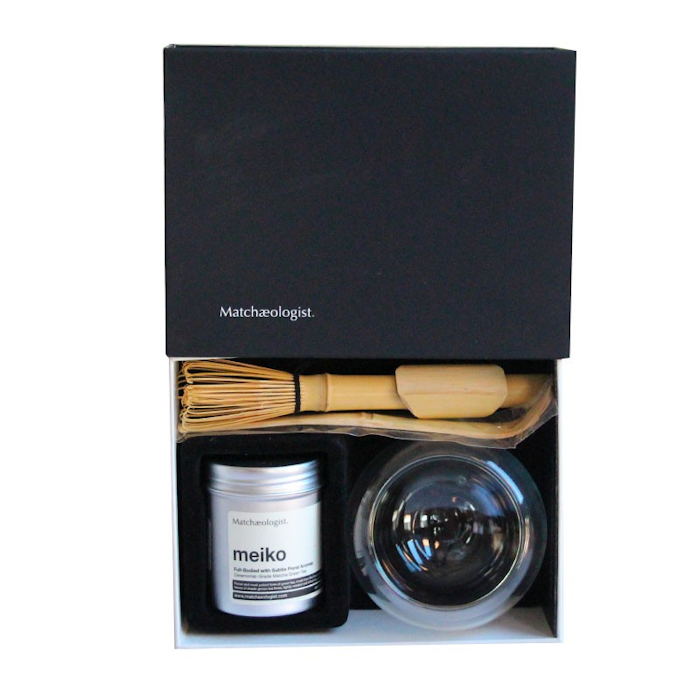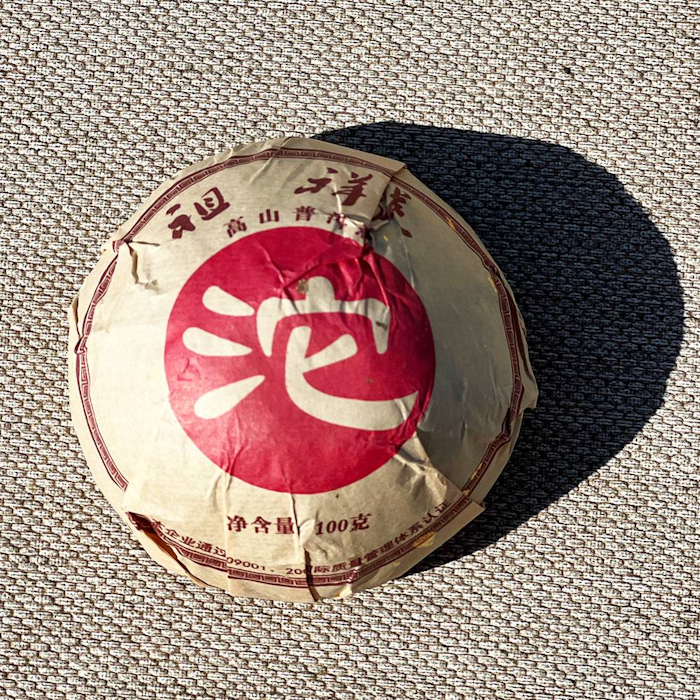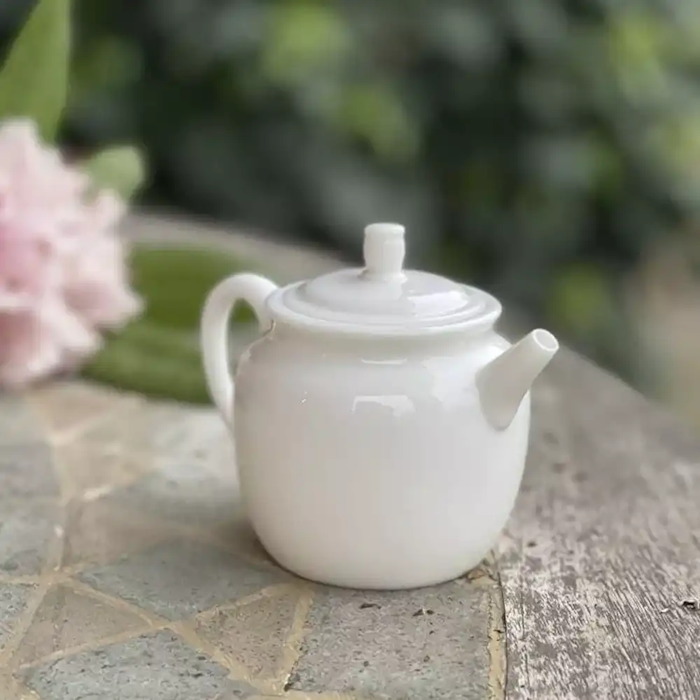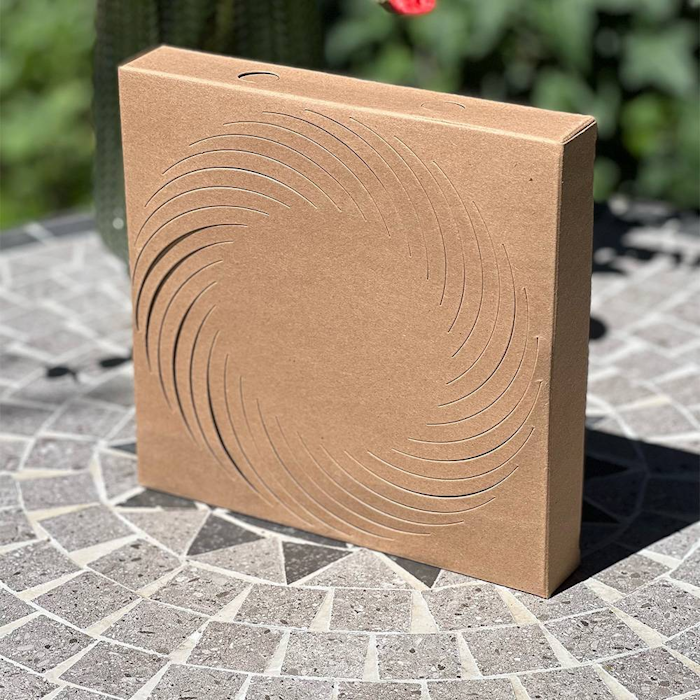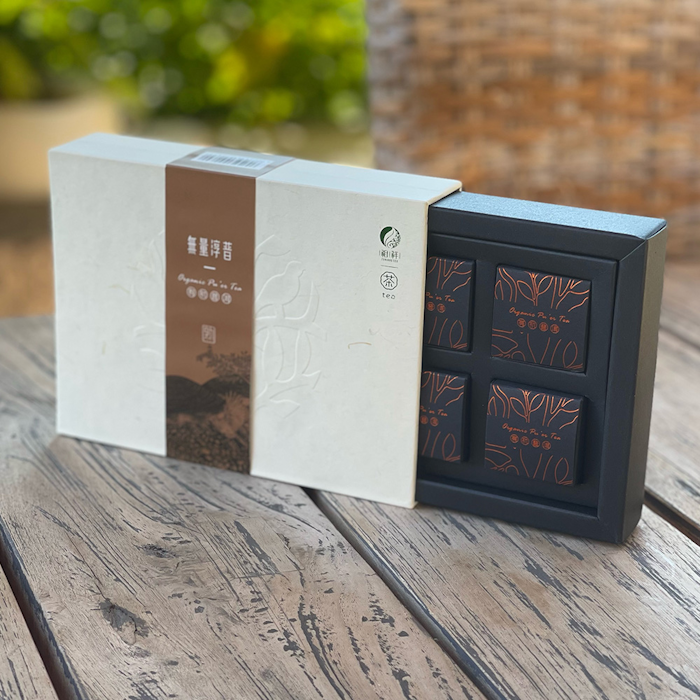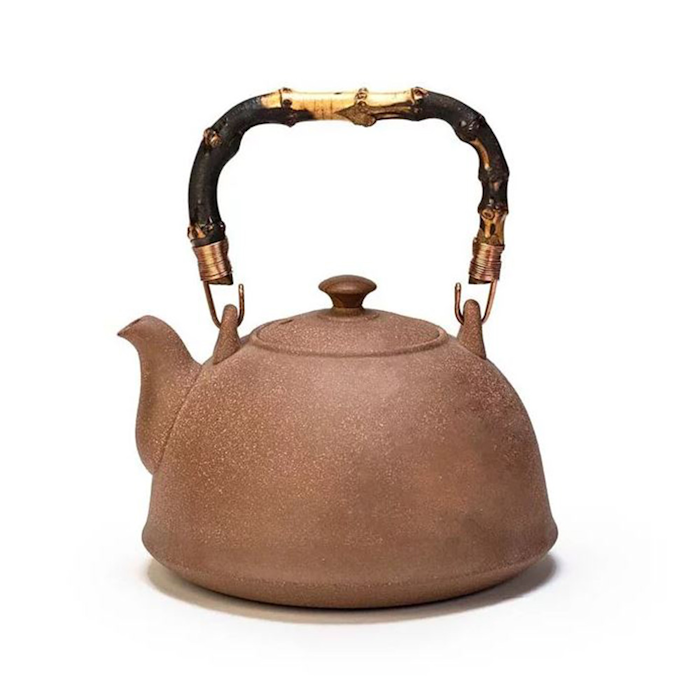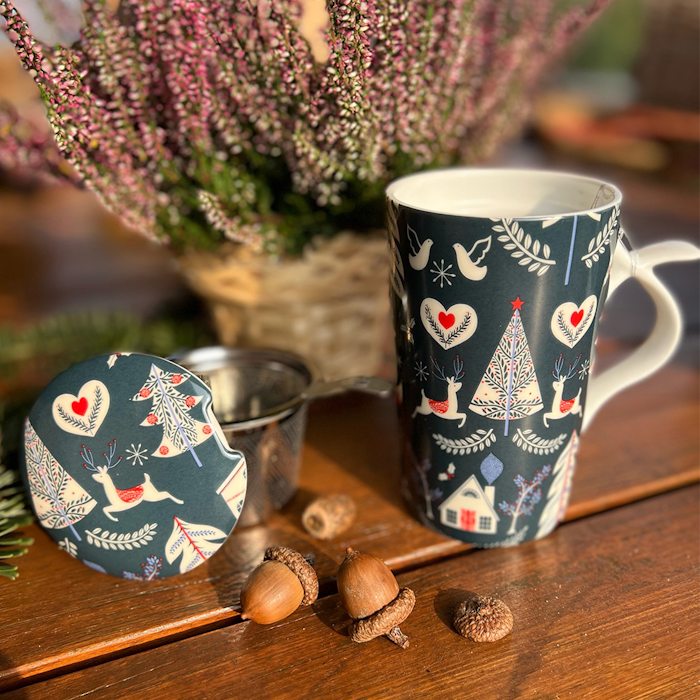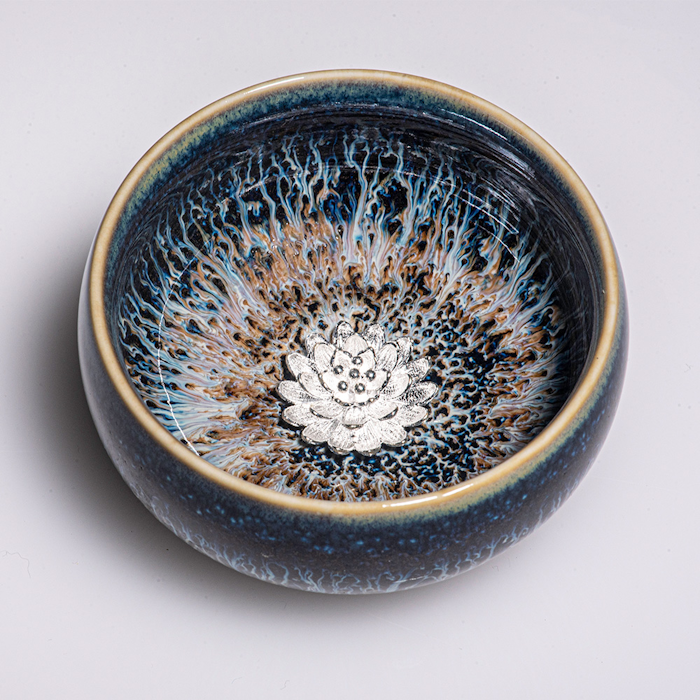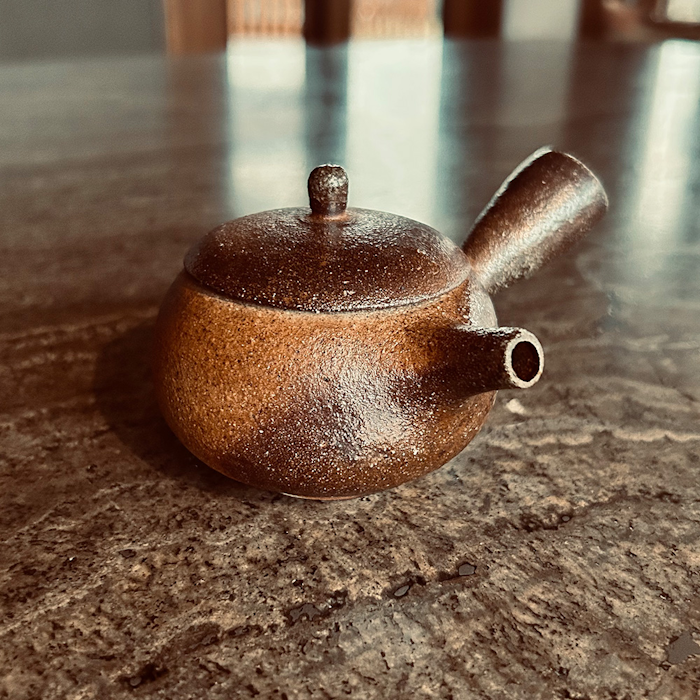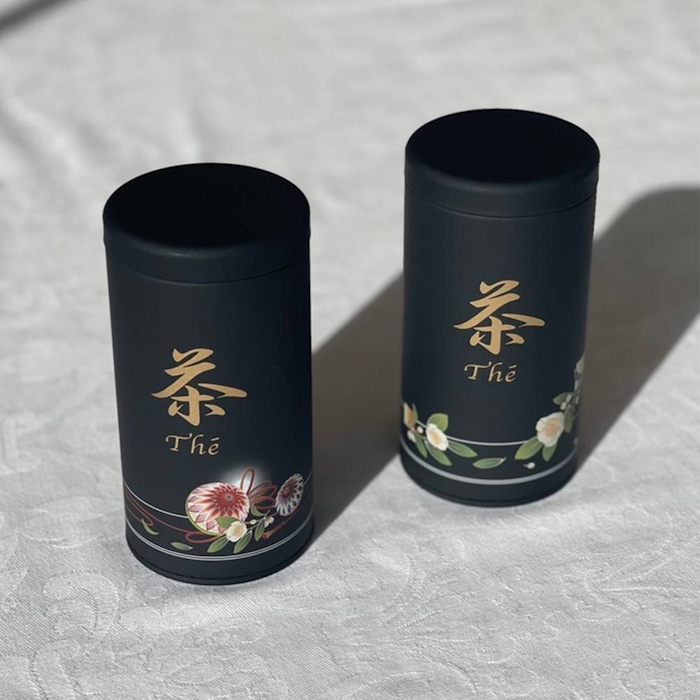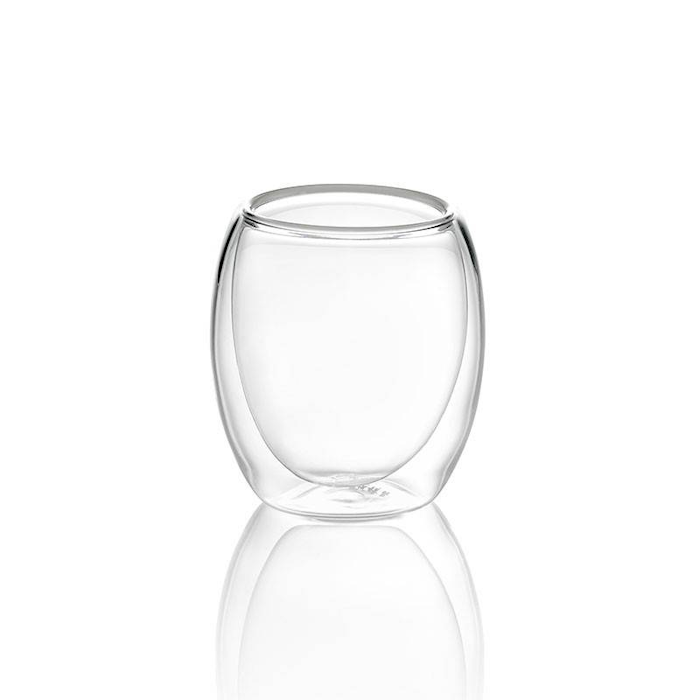The leaves of the 2010 Ba Da Shan puer sheng (raw) tea come from the Ba Da area located in the Yunnan region of southern China. To better understand this product, it is necessary to delve into the area of origin of its leaves since, in most cases, it is the place of origin itself that gives the tea its name and main organoleptic qualities. This puer, specifically, is composed mainly of the crop made in the mountainous Ba Da area in eastern Yunnan. The leaves in question were then carefully selected and pressed in the spring of 2010 by the Yunnan Yipintang Tea factory located in Menghai County. The indication on the factory where the leaves arrive is useful to emphasize that there is a certain style or type of research behind this puer studied by a special group of tea masters to enhance the territorial characteristics of the product.
This puer is mainly characterized by woody and mineral flavors. From the scent of the leaves one can also already smell a slightly smoky presence that, in the infusion, together with the woody aromatic part, results in an incense-like flavor. Proceeding in the tasting will emerge a vegetal flavor of slightly fresh herbs such as nettle and a slightly pungent mineral sensation at the back of the tongue. In the aftertaste, finally, a certain sweetness combined with a bitter characteristic will also present itself giving in the compresso the sensation of tasting a rhubarb.
Location of origin
Ba Da - Yunnan, China
Production
After harvesting, the leaves are left to wither in the sun for a certain time depending on the producer before going through the "green killing" stage which is purely similar to that used to produce green tea. The special feature, in this case, lies in not heating the leaves as much as is done for a green tea so that certain enzymes capable of changing flavors over time are preserved. Once cooked, the leaves are allowed to rest overnight before concluding the drying process in the sun. At this stage the product is called maocha and is ready to be (eventually) pressed in order to obtain the best conditions for transportation and aging. To press the leaves they are passed through for a few seconds by a strong jet of steam so that they are made soft on the outside and are then gathered into a sock or sack that will give the product its usually discoidal shape. To ensure that this structure remains fixed over time, the sack is left for hours under a stone or mechanical press while the leaves lose that residual moisture taken up by the steam in the previous stage.
Preparation
We strongly recommend infusing this tea in the traditional Chinese method (gong fu cha) to best enjoy these leaves. Following this preparation, 5.5 grams of leaves (about 3 teaspoons) can be used in a gaiwan of about 100 ml to obtain multiple infusions with different tastes. After a quick rinse of the leaves in water at 100°C, an initial infusion of 10 seconds can be made, and after that, keeping the water at the same temperature, the time can be increased each time by 5 seconds from the previous infusion (10 - 15 - 20...)
This tea has a longevity of about 12 infusions.
For a classic preparation according to the Western style, we recommend 3 grams of leaves (about 2 tsp) in a 150 ml cup with water at 100°C for an infusion time of one and a half minutes.
The tea can be filtered for ease when tasting, and also the infusion times given here above are meant to be purely indicative so you can also adjust according to your personal taste.
We recommend storing in a cool, dry place away from direct sunlight.











